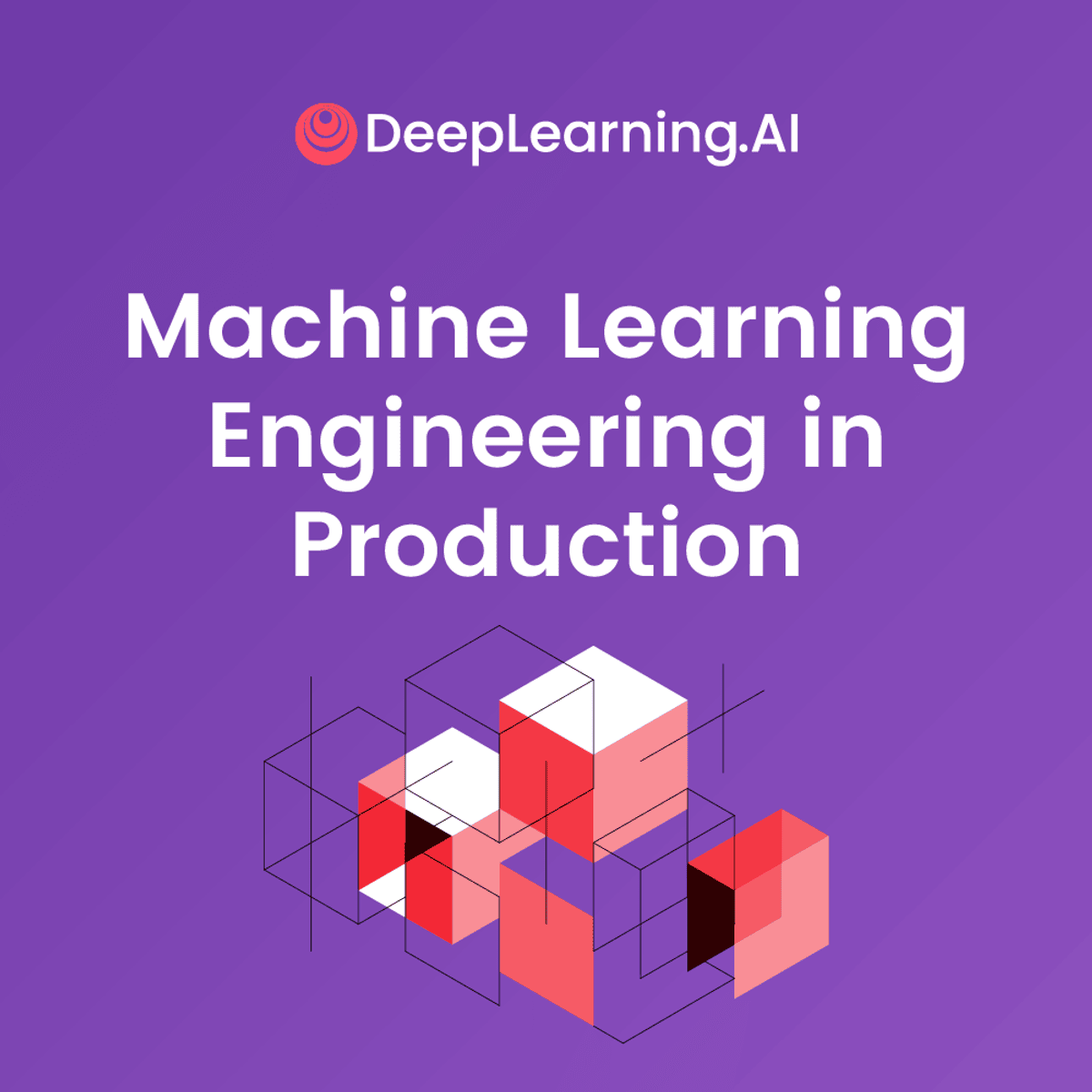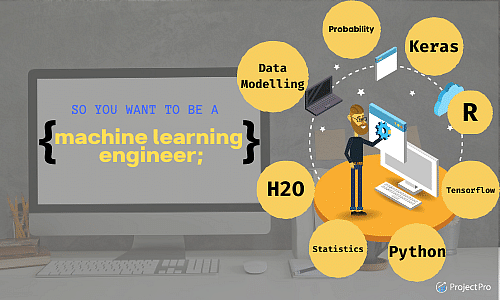All Categories
Featured
Table of Contents
You probably know Santiago from his Twitter. On Twitter, every day, he shares a great deal of sensible points regarding machine understanding. Alexey: Before we go into our primary subject of moving from software program design to machine discovering, perhaps we can start with your history.
I began as a software programmer. I mosted likely to university, got a computer system scientific research degree, and I started building software program. I believe it was 2015 when I made a decision to choose a Master's in computer scientific research. At that time, I had no idea about artificial intelligence. I really did not have any type of passion in it.
I recognize you've been making use of the term "transitioning from software program design to maker understanding". I such as the term "including to my capability the artificial intelligence abilities" more because I think if you're a software program designer, you are already giving a great deal of worth. By integrating artificial intelligence currently, you're increasing the influence that you can carry the sector.
Alexey: This comes back to one of your tweets or maybe it was from your course when you contrast 2 approaches to understanding. In this situation, it was some trouble from Kaggle regarding this Titanic dataset, and you just find out how to address this problem utilizing a particular device, like choice trees from SciKit Learn.
Some Known Details About Machine Learning Course
You first discover mathematics, or straight algebra, calculus. When you recognize the mathematics, you go to equipment learning theory and you learn the concept.
If I have an electric outlet below that I need replacing, I do not wish to most likely to college, invest 4 years recognizing the mathematics behind power and the physics and all of that, simply to transform an electrical outlet. I prefer to begin with the outlet and find a YouTube video that aids me go via the issue.
Bad analogy. Yet you obtain the idea, right? (27:22) Santiago: I truly like the concept of beginning with an issue, trying to throw away what I recognize approximately that issue and comprehend why it doesn't function. Grab the tools that I require to address that problem and start digging much deeper and deeper and much deeper from that point on.
Alexey: Perhaps we can talk a bit regarding learning sources. You stated in Kaggle there is an introduction tutorial, where you can obtain and discover just how to make decision trees.
The only requirement for that course is that you know a little bit of Python. If you go to my profile, the tweet that's going to be on the top, the one that says "pinned tweet".
The Of Certificate In Machine Learning

Even if you're not a developer, you can start with Python and function your method to more machine understanding. This roadmap is concentrated on Coursera, which is a platform that I truly, truly like. You can investigate every one of the training courses free of cost or you can spend for the Coursera membership to obtain certifications if you want to.
Alexey: This comes back to one of your tweets or maybe it was from your course when you compare two approaches to knowing. In this instance, it was some problem from Kaggle about this Titanic dataset, and you just discover exactly how to address this trouble utilizing a specific device, like choice trees from SciKit Learn.

You first learn math, or straight algebra, calculus. When you recognize the mathematics, you go to machine knowing concept and you learn the concept.
If I have an electric outlet below that I need changing, I do not wish to go to university, spend 4 years understanding the math behind electricity and the physics and all of that, just to alter an outlet. I would certainly rather begin with the electrical outlet and find a YouTube video clip that assists me go through the problem.
Santiago: I really like the idea of beginning with a problem, trying to toss out what I know up to that issue and comprehend why it does not function. Grab the devices that I require to solve that trouble and start excavating much deeper and deeper and much deeper from that factor on.
To make sure that's what I usually advise. Alexey: Possibly we can speak a little bit concerning discovering sources. You stated in Kaggle there is an introduction tutorial, where you can obtain and learn how to make choice trees. At the start, prior to we began this meeting, you discussed a number of books as well.
How Professional Ml Engineer Certification - Learn can Save You Time, Stress, and Money.
The only need for that program is that you recognize a little bit of Python. If you go to my profile, the tweet that's going to be on the top, the one that says "pinned tweet".
Also if you're not a designer, you can start with Python and work your method to even more artificial intelligence. This roadmap is focused on Coursera, which is a system that I actually, truly like. You can audit all of the programs for free or you can spend for the Coursera subscription to get certificates if you intend to.
Our Machine Learning Engineer Vs Software Engineer Statements
So that's what I would do. Alexey: This returns to one of your tweets or maybe it was from your program when you contrast two approaches to knowing. One approach is the trouble based method, which you just spoke about. You find a trouble. In this instance, it was some trouble from Kaggle regarding this Titanic dataset, and you just discover just how to resolve this trouble making use of a specific tool, like choice trees from SciKit Learn.

You first learn mathematics, or linear algebra, calculus. When you know the math, you go to device discovering theory and you learn the concept. Four years later on, you lastly come to applications, "Okay, exactly how do I utilize all these four years of mathematics to resolve this Titanic issue?" Right? In the previous, you kind of conserve on your own some time, I believe.
If I have an electric outlet right here that I require changing, I don't intend to most likely to college, invest four years recognizing the math behind electrical energy and the physics and all of that, just to transform an outlet. I prefer to begin with the outlet and discover a YouTube video clip that helps me undergo the trouble.
Negative analogy. You obtain the idea? (27:22) Santiago: I really like the idea of beginning with a trouble, trying to throw away what I understand approximately that problem and understand why it does not work. Then grab the devices that I need to fix that issue and start excavating deeper and much deeper and deeper from that point on.
That's what I generally recommend. Alexey: Perhaps we can talk a bit regarding discovering resources. You discussed in Kaggle there is an intro tutorial, where you can get and discover exactly how to make choice trees. At the start, before we began this interview, you mentioned a number of books too.
The smart Trick of Machine Learning Engineer: A Highly Demanded Career ... That Nobody is Discussing
The only need for that training course is that you understand a little bit of Python. If you go to my profile, the tweet that's going to be on the top, the one that claims "pinned tweet".
Also if you're not a programmer, you can begin with Python and work your means to even more maker discovering. This roadmap is concentrated on Coursera, which is a platform that I truly, actually like. You can investigate all of the training courses completely free or you can spend for the Coursera membership to obtain certifications if you intend to.
Alexey: This comes back to one of your tweets or possibly it was from your course when you contrast 2 approaches to understanding. In this instance, it was some trouble from Kaggle concerning this Titanic dataset, and you simply find out just how to solve this trouble utilizing a details device, like decision trees from SciKit Learn.
You initially learn mathematics, or straight algebra, calculus. When you know the math, you go to equipment discovering theory and you discover the theory.
Top Guidelines Of How To Become A Machine Learning Engineer In 2025
If I have an electric outlet here that I need changing, I do not intend to most likely to college, spend 4 years understanding the mathematics behind electrical power and the physics and all of that, simply to alter an outlet. I prefer to start with the outlet and find a YouTube video that helps me experience the issue.
Santiago: I truly like the idea of starting with a trouble, attempting to toss out what I know up to that problem and comprehend why it does not function. Grab the tools that I need to address that trouble and start excavating deeper and much deeper and much deeper from that point on.

Alexey: Perhaps we can talk a little bit concerning finding out sources. You mentioned in Kaggle there is an intro tutorial, where you can obtain and discover how to make decision trees.
The only need for that program is that you recognize a little of Python. If you're a designer, that's a great base. (38:48) Santiago: If you're not a programmer, after that I do have a pin on my Twitter account. If you go to my profile, the tweet that's going to be on the top, the one that states "pinned tweet".
Also if you're not a programmer, you can begin with Python and work your way to even more artificial intelligence. This roadmap is concentrated on Coursera, which is a system that I really, actually like. You can investigate all of the courses absolutely free or you can spend for the Coursera membership to get certifications if you intend to.
Table of Contents
Latest Posts
Why Faang Companies Focus On Problem-solving Skills In Interviews
Embedded Software Engineer Interview Questions & How To Prepare
Top Software Engineering Interview Questions And How To Answer Them
More
Latest Posts
Why Faang Companies Focus On Problem-solving Skills In Interviews
Embedded Software Engineer Interview Questions & How To Prepare
Top Software Engineering Interview Questions And How To Answer Them